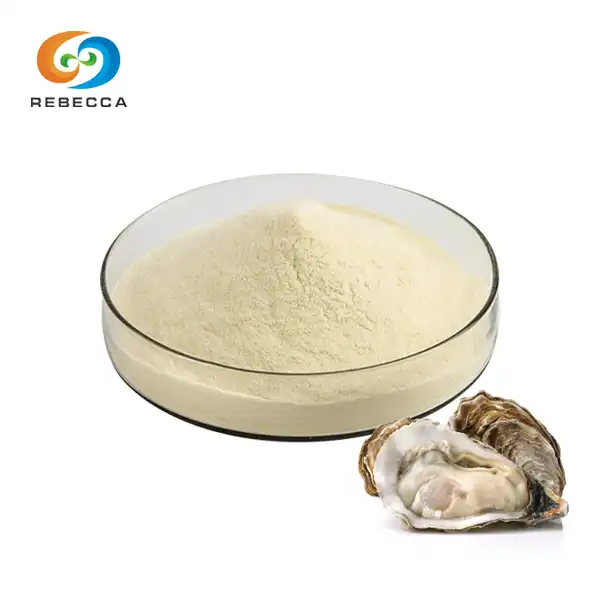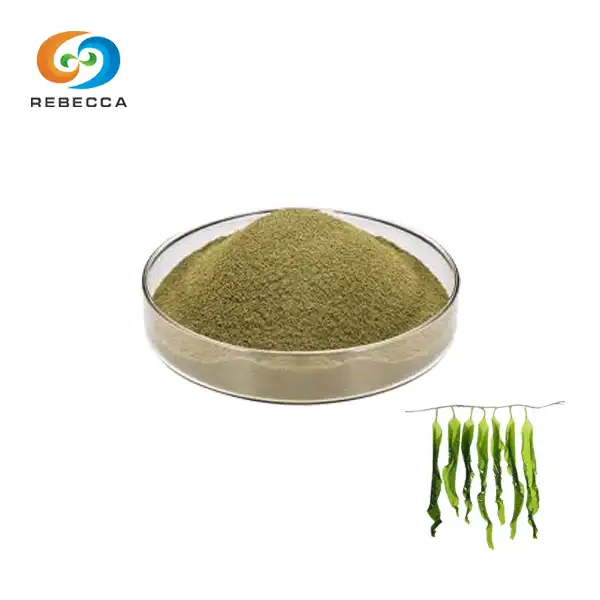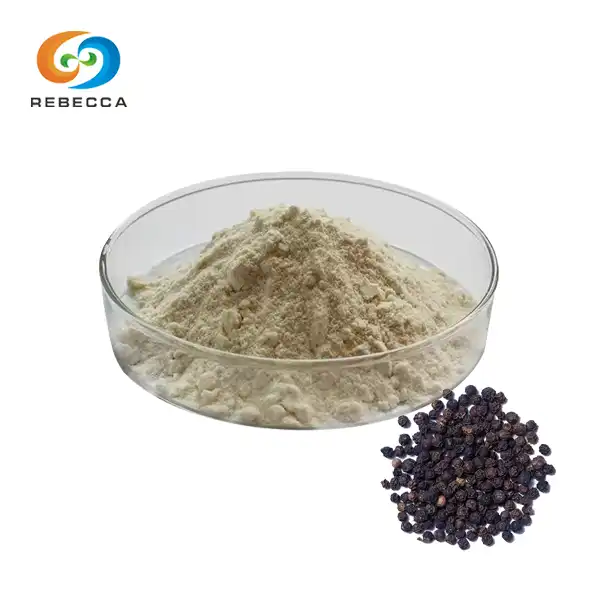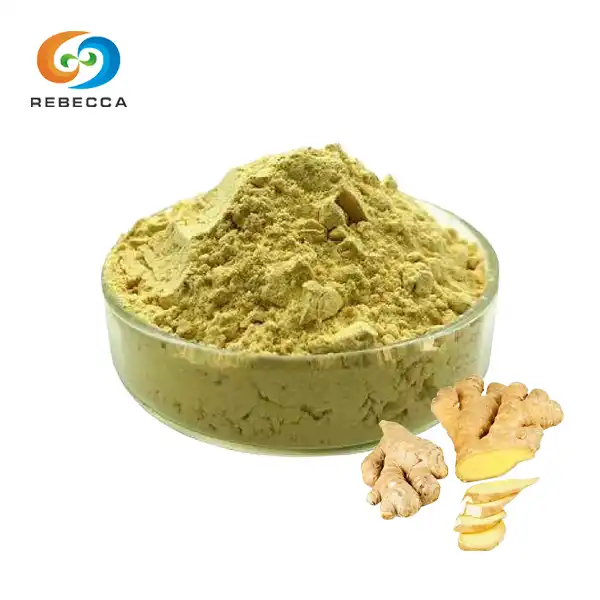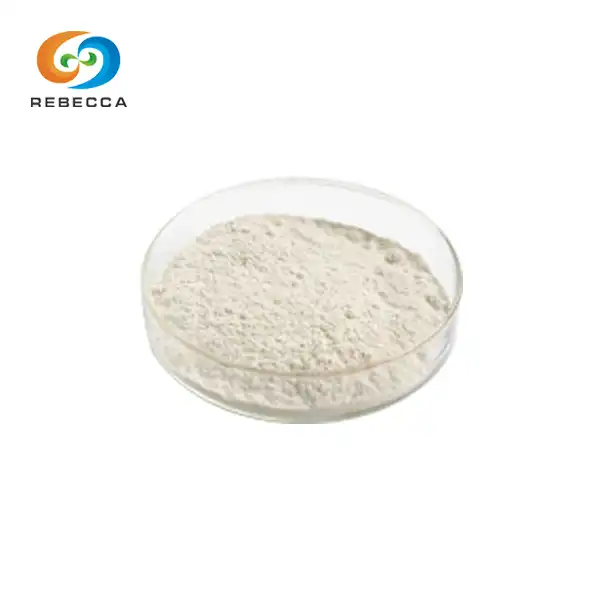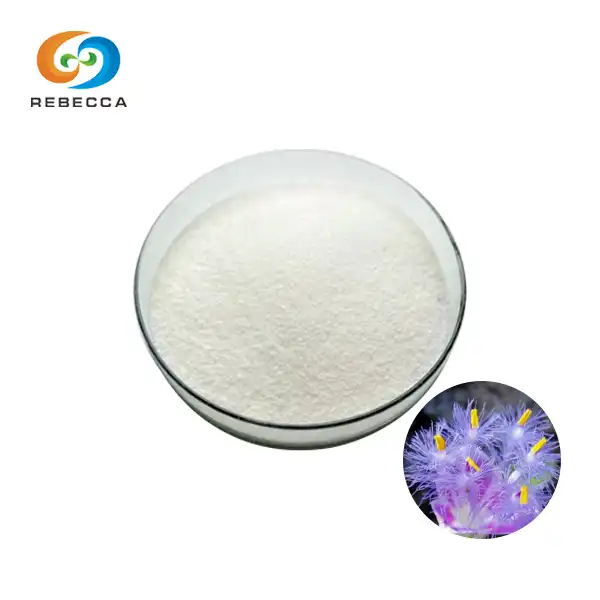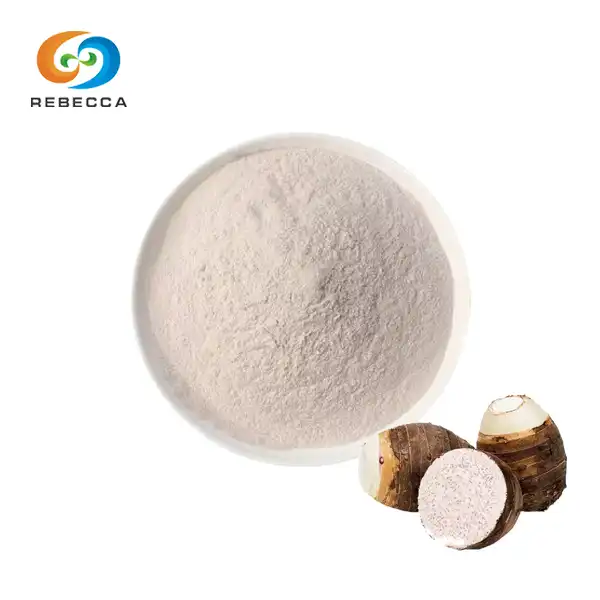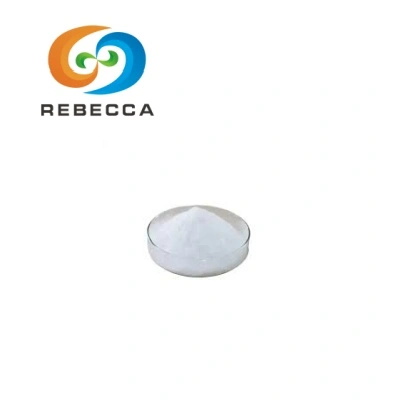Best solvents to dissolve curcumin for lab experiments
When it comes to conducting lab experiments with curcumin extract powder, selecting the right solvent is crucial for achieving optimal results. Curcumin, the active compound in turmeric, is known for its poor solubility in water, making it challenging to work with in aqueous environments. This article explores the most effective solvents for dissolving curcumin, ensuring researchers can maximize the potential of this powerful antioxidant in their studies.

【English name】: Curcumin
【Latin Name】: Curcuma longa L.
【CAS No.】: 458-37-7
【Molecular Formula】: C21H20O6
【Active ingredients】: Curcumin, demethoxycurcumin, bisdemethoxycurcumin.
【Specification】: 10%~ 95% CP/EP/USP
【Use Part】 : Subterranean rhizome
【Appearance】: Orange yellow powder
【Mesh size】:80 Mesh
【Test Method】: HPLC
Comparing organic vs. aqueous solvents for curcumin
When dissolving curcumin extract powder for laboratory experiments, the choice between organic and aqueous solvents plays a significant role in determining the success of the dissolution process. Organic solvents generally offer superior solubility for curcumin due to its hydrophobic nature, while aqueous solvents present unique challenges that require innovative approaches.
DMSO: The gold standard for curcumin dissolution
Dimethyl sulfoxide (DMSO) stands out as the premier solvent for curcumin dissolution in laboratory settings. Its exceptional ability to solubilize curcumin extract powder stems from its amphipathic properties, allowing it to interact with both hydrophobic and hydrophilic regions of the molecule. DMSO can achieve curcumin concentrations up to 20 mg/mL, making it ideal for preparing stock solutions for various experimental applications. However, researchers should be aware of DMSO's potential cellular effects and adjust concentrations accordingly in biological studies.
Ethanol vs. methanol: Pros and cons for curcumin solubility
Both ethanol and methanol are commonly used organic solvents for curcumin extract powder dissolution, each with its own advantages and drawbacks. Ethanol, being less toxic than methanol, is often preferred for biological experiments and can dissolve curcumin at concentrations up to 6 mg/mL. Methanol, while more effective in dissolving curcumin (up to 8 mg/mL), poses higher toxicity risks and may not be suitable for certain cellular studies. The choice between these alcohols depends on the specific requirements of the experiment and the intended downstream applications.
Water-based solutions: Challenges and workarounds
Dissolving curcumin extract powder in water presents significant challenges due to its hydrophobic nature. However, researchers have developed several strategies to improve curcumin's aqueous solubility. One approach involves the use of surfactants or emulsifiers, such as Tween 80 or polysorbate 20, which can create micelles to encapsulate curcumin molecules. Another method employs cyclodextrins, which form inclusion complexes with curcumin, enhancing its water solubility. These techniques allow for the preparation of water-based curcumin solutions, albeit at lower concentrations compared to organic solvents.
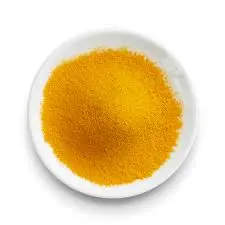
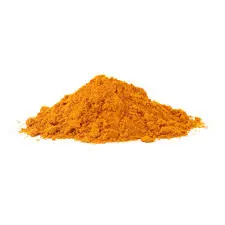
Temperature effects on curcumin solubility in solvents
The temperature at which curcumin is dissolved can significantly impact its solubility and stability in various solvents. Understanding these temperature effects is crucial for optimizing dissolution protocols and preserving the integrity of curcumin extract powder during experimental procedures. Researchers must carefully balance solubility enhancement with potential degradation risks when manipulating temperature conditions.
Optimal temperature ranges for dissolving curcumin
The solubility of curcumin generally increases with temperature in most solvents. For organic solvents like DMSO and ethanol, moderate heating to 37-40°C can enhance dissolution rates and maximum solubility. In aqueous systems, slightly higher temperatures (40-50°C) may be necessary to overcome curcumin's hydrophobicity. However, it's important to note that temperature increases should be applied judiciously, as excessive heat can lead to degradation of the curcumin extract powder molecule.
Heat-induced degradation: Balancing solubility and stability
While elevated temperatures can improve curcumin solubility, they also pose a risk of heat-induced degradation. Curcumin extract powder is known to be sensitive to thermal decomposition, particularly in alkaline conditions. Studies have shown that prolonged exposure to temperatures above 70°C can lead to significant degradation of curcumin, resulting in the formation of breakdown products. To mitigate this risk, researchers should aim to use the lowest effective temperature for dissolution and minimize exposure time to heat.
Cold dissolution techniques for temperature-sensitive experiments
For experiments requiring low-temperature conditions or when working with heat-sensitive compounds, cold dissolution techniques can be employed. These methods often involve preparing a concentrated stock solution in an organic solvent at room temperature, followed by gradual dilution with pre-cooled aqueous media. Alternatively, specialized cyclodextrin complexation or nanoencapsulation techniques can be used to enhance curcumin solubility at lower temperatures, preserving its stability for temperature-sensitive applications.
Top 3 solvents for maximizing curcumin dissolution
Selecting the most suitable solvent for curcumin dissolution is crucial for ensuring the success of laboratory experiments. Based on extensive research and practical applications, we have identified the top five solvents that consistently demonstrate superior performance in dissolving curcumin extract powder. These solvents offer a range of properties to suit various experimental needs, from high solubility to rapid dissolution kinetics.
DMSO: High solubility and versatility in curcumin studies
DMSO remains the gold standard for curcumin dissolution, offering unparalleled solubility and versatility. Its ability to dissolve curcumin at concentrations up to 20 mg/mL makes it ideal for preparing concentrated stock solutions. DMSO's low freezing point (-67°C) also allows for long-term storage of curcumin extract powder solutions at low temperatures, preserving stability. However, researchers should be mindful of DMSO's potential biological effects and adjust concentrations accordingly in cell-based assays.
Ethanol: A popular choice for curcumin extraction
Ethanol is widely used in curcumin extract powder studies, particularly for extraction processes and the preparation of dietary supplements. It can dissolve curcumin at concentrations up to 6 mg/mL, making it suitable for many experimental applications. Ethanol's relatively low toxicity and compatibility with biological systems make it a preferred choice for in vitro and in vivo studies. Additionally, ethanol-based curcumin solutions can be easily diluted in aqueous media for further experimentation.
Acetone: Rapid dissolution for time-sensitive experiments
Acetone stands out for its ability to rapidly dissolve curcumin extract powder, making it an excellent choice for time-sensitive experiments. It can achieve curcumin concentrations similar to ethanol (around 6 mg/mL) but with faster dissolution kinetics. Acetone's high volatility allows for quick evaporation, which can be advantageous when preparing dry curcumin formulations or coatings. However, its use may be limited in certain biological applications due to potential cellular toxicity at higher concentrations.
In conclusion, the choice of solvent for dissolving curcumin extract powder is crucial for successful laboratory experiments. DMSO, ethanol, and acetone emerge as top performers, each offering unique advantages for different research applications. Temperature considerations play a vital role in optimizing dissolution while preserving curcumin stability.
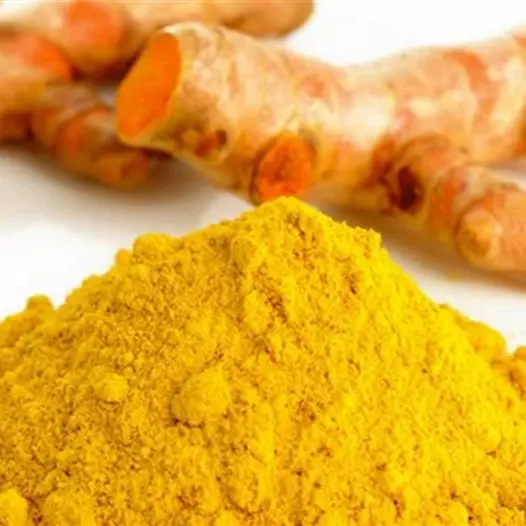
China Curcumin Extract Powder Supplier
Shaanxi Rebeccia is a leading supplier of high-quality curcumin powder, operating with state-of-the-art extraction and purification facilities. Our curcumin powder (CAS No. 458-37-7) is derived from the subterranean rhizome of Curcuma longa, offering specifications ranging from 10% to 95% curcuminoids, compliant with CP/EP/USP standards. The bright orange-yellow powder, with a mesh size of 80, contains active ingredients including curcumin, demethoxycurcumin, and bisdemethoxycurcumin. Our rigorous quality control processes, adhering to GMP and ISO standards, ensure consistent batch quality and regulatory compliance. For researchers and manufacturers seeking reliable, high-purity curcumin extract powder for their experiments or products, we invite you to contact us at information@sxrebecca.com. Our team is ready to provide detailed specifications, safety data, and support for your curcumin-related projects.
References
- Priyadarsini, K. I. (2014). The chemistry of curcumin: from extraction to therapeutic agent. Molecules, 19(12), 20091-20112.
- Anand, P., Kunnumakkara, A. B., Newman, R. A., & Aggarwal, B. B. (2007). Bioavailability of curcumin: problems and promises. Molecular pharmaceutics, 4(6), 807-818.
- Kharat, M., Du, Z., Zhang, G., & McClements, D. J. (2017). Physical and chemical stability of curcumin in aqueous solutions and emulsions: Impact of pH, temperature, and molecular environment. Journal of Agricultural and Food Chemistry, 65(8), 1525-1532.
- Tønnesen, H. H., Másson, M., & Loftsson, T. (2002). Studies of curcumin and curcuminoids. XXVII. Cyclodextrin complexation: solubility, chemical and photochemical stability. International Journal of Pharmaceutics, 244(1-2), 127-135.
- Jagannathan, R., Abraham, P. M., & Poddar, P. (2012). Temperature-dependent spectroscopic evidences of curcumin in aqueous medium: A mechanistic study of its solubility and stability. The Journal of Physical Chemistry B, 116(50), 14533-14540.
- Patra, D., & Barakat, C. (2011). Synchronous fluorescence spectroscopic study of solvatochromic curcumin dye. Spectrochimica Acta Part A: Molecular and Biomolecular Spectroscopy, 79(5), 1034-1041.
